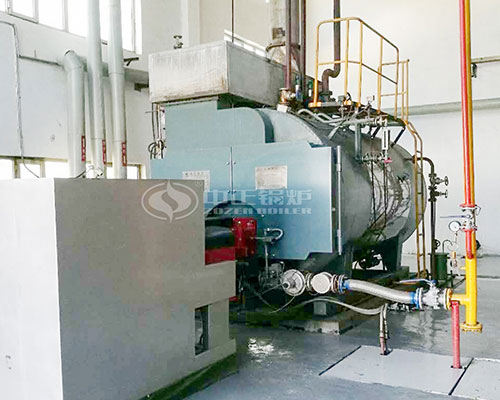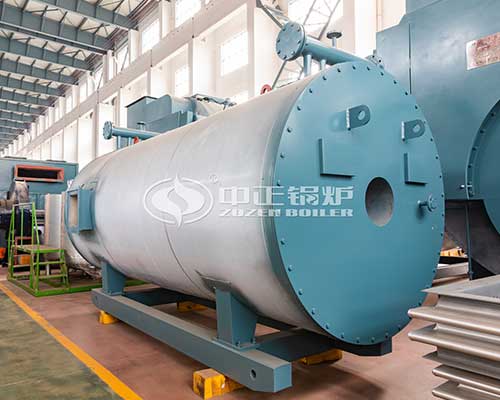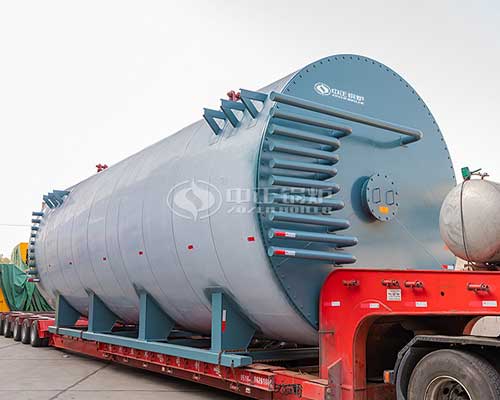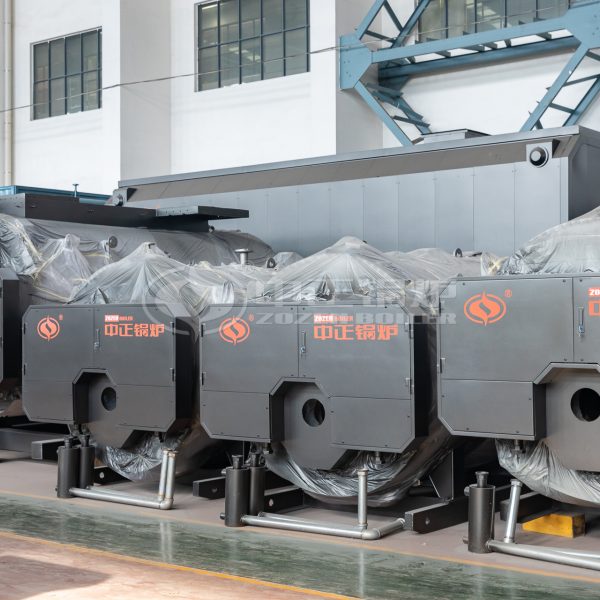Many enterprises in modern industry need heating equipment in production processes. Steam(water) is generally used as heat medium because the acquisition cost of water is low and water seldom causes environmental problems. Now, many enterprises choose thermal oil heaters. As heat medium, heated hot oil is transferred to pipelines, then to heat consuming equipment. After that, the heat medium oil cycles back to realize cyclic utilization. This is the rising thermal fluid oil heat supply method.
Which is better and energy-saving, a steam boiler or a thermal oil heater? We need to learn about the steam boiler and the thermal oil heater and their differences.
The steam boiler refers to a piece of equipment that uses thermal energy to heat water (medium) to produce steam. It consists of two parts: the boiler refers to a heating surface system that transfers the received heat to medium; the furnace refers to the space in which the chemical energy of fuel is converted into heat energy and a passage for flue gas circulation. Usually, “t / h” is used to represent the capacity of a boiler; “MPa” is used to indicate the rated pressure of a boiler, “℃” is used to indicate the temperature of saturated steam and superheated steam under the rated pressure.
The thermal oil heater refers to a new type of heat transfer equipment that uses high temperature hot oil as heat medium. “MW” is generally used to indicate the capacity of the furnace. “10,000 kw/ h” or “10,000 kcal / h” is also used to indicate the capacity of the furnace, i.e. “104 kcal / h”. The thermal oil heater is widely used because of its advantages of high temperature, low pressure and stable operation.

What are the differences between steam boilers and thermal oil heaters?
- Steam boilers and thermal oil heaters are both heat transfer equipment, but heat medium is different. The heat medium of steam boilers is water, while the heat medium of thermal oil heaters is hot oil.
- Latent heat is used for heat transfer of steam, that is the heat needed to convert liquid into steam without changing temperature. The temperature that occurs heat transfer is determined by vaporization or saturation pressure. The requirement of steam system pressure is higher for production processes that require higher temperature. For example, 7MPa is required to reach the temperature of 280℃. It means that boiler pipes and heat exchange equipment must bear the same pressure, which will inevitably increase boiler costs and risks. However, for thermal oil heaters, 1 Mpa is enough to achieve the same temperature.
- The temperature control accuracy of thermal oil heaters can be controlled within 3℃, while steam boilers cannot. Because the temperature adjustment of steam boilers varies greatly.
- The exhaust flue gas temperature of thermal oil heaters is relatively high, which directly affects thermal efficiency. That is to say, the efficiency of thermal oil heaters is lower than that of steam boilers with the same capacity. However, if thermal oil heaters are used in combination with steam boilers, the thermal efficiency can reach up to 95%.

Finally, the selection of suitable boilers depends on the actual working conditions and temperature requirements of the enterprise. If the temperature of the required medium is less than 180℃, thermal oil heaters are recommended. If the temperature range varies greatly, a combination of steam boilers and thermal oil heater is recommended.


